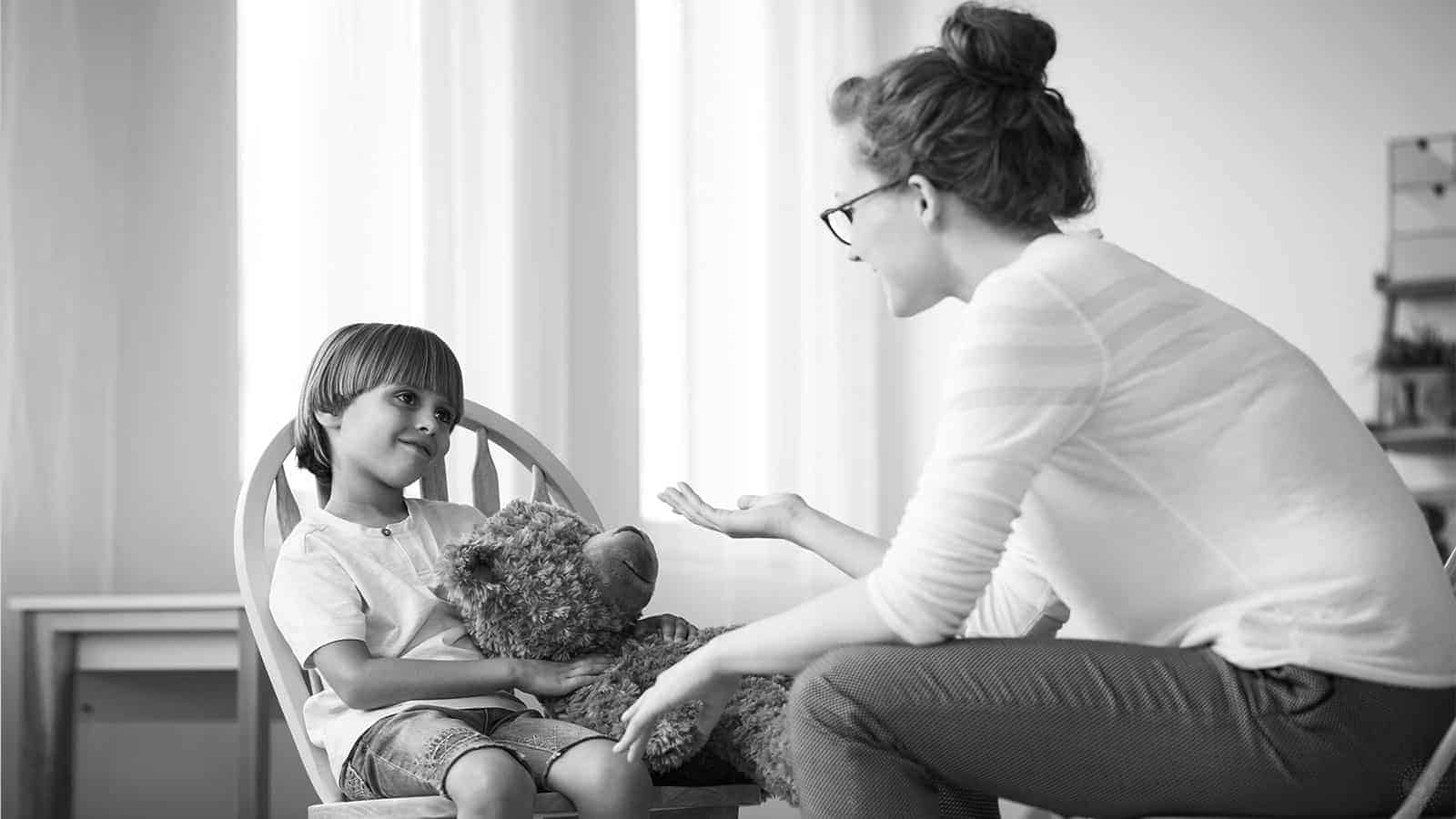Proper etiquette is essential, no matter how old you are. As parents, we’re responsible for teaching our kids proper etiquette. Understanding etiquette helps your kids be poised and comfortable in all kinds of social settings. So, what are15 etiquette rules every parent should teach their kids?
Manners or etiquette?
Manners and etiquette are used interchangeably, but actually, they have different meanings.
Etiquette is the prevailing behavior related to cultural norms, such as things to do or not do. Etiquette goes beyond manners. They guide behavior i.e., where you place your fork and spoon.
Manners are considerations for others. They are guidelines that show respect and thoughtfulness. Saying “please and thank you” are examples of good manners, but it’s also proper etiquette.
Etiquette matters
Educators say that parents who neglect to teach their kids basic social etiquette put their children at a disadvantage at a young age. If you want them to learn proper etiquette, you must first practice what you preach. The old saying, “More is caught than taught,” applies here. So, be a model of proper etiquette for your kids.
Greeting etiquette
1 – Say hello and remember the person’s name
If you can’t remember a person’s name when you greet them, ask them. No one will think less of you if you ask for their name. They’ll probably be pleased you asked.
Teach your kids to greet using the person’s name. Some families prefer that their kids use titles, like Mr. or Mrs. It’s really up to you if your kids call adults by their first name. But it’s probably good for them to learn proper titles in case they are in a situation where an adult introduces themselves as Mr. or Mrs., then they should use the title to greet the adult.
2 – Eye contact
Our culture values eye contact. Help your kids look into the eyes of those they greet. Practice this at home with your kids or with their grandparents or neighbors. Kids learn from repetition, and if you make it fun, they’ll remember even more. When your child makes eye contact and greets an adult, be sure to give them lots of praise. Shy kids may need more encouragement and practice, but after a while, greeting with eye contact will be a natural habit.
3 – Asking someone, “how are you?”
Asking someone how they are is an excellent way to demonstrate care and concern. In the United States, it’s a common thing to say when you see someone you know. It can sometimes be said without much interest, but it’s still a kind thing for your kids to learn. You can teach them to say something like
- Are you well?
- How are you doing?
- How’s it going?
4 – It was nice to see you
After you finish a conversation with someone, it’s proper etiquette to tell them it was nice to see them. Training your child to say this teaches them to be kind to people. Kindness must be taught. It doesn’t come naturally to all kids or adults. Explain what kindness is and why it’s important to show compassion. Being kind is a small way your child can change the world around them.
Please and thank you etiquette rules
5 – Thanks for having me over
If someone has your child over for a meal or a playtime, teach them to thank their hosts. This phrase is another way to show their gratitude. Adults are surprised when kids show appreciation, but being thankful to a host can become a natural habit for your kids.
6 – May I please?
Who hasn’t heard a child yell, “I want it!” But even a very young child can learn to say please. Role-play is a fun way to teach this to your kids about these habits. Keep the times short-no longer than 15 minutes.
You can demonstrate both the right way and the wrong way to ask for something. You can get in on the act by pretending to be the screaming child. The kids will have so much fun. They realize you’re teaching them something.
7 – Thank you
Gratitude is a thoughtful way to show people they are meaningful to you. A grateful child will become a thankful adult. Thankfulness must be taught. Little ones don’t come into the world as grateful beings. This phrase is another simple thing to teach your child with role play games.
Table etiquette
8 – Sitting at the table
Sitting in a chair is not only proper etiquette, but it is also a safety issue. Use positive reinforcement to remind your child to sit down. Try saying, “Remind me where your feet go,” instead of “Don’t stand up.” Positive reinforcement gives the child a chance to problem solve on their own.
9 – Ask before you reach
Teach your children to ask for items they need rather than reaching across the table. Sadly, many adults do this. Train your child to say, “May I please have….”. This brings up the question of when to use may or when to use can. They are very different words.
- May-Saying “may” means you are asking someone’s permission. An example is: “May I have the sugar.”
- Can- Can means you are asking if you have the physical ability to do something. An example is: “Can I go up the steps with my broken foot?
10 – No thanks, I don’t prefer that
Your kids don’t need to like everything they’re served at a meal. Teach them how to refuse food graciously. A simple no thank you is excellent for a younger child to say, but an older child can say, “No, thank you. I don’t care for more Brussel sprouts.”
This begs the question about whether children should be made to eat everything that’s put on their plate. This is up to you, but generally, they should at least take one or two bites of everything on their plate. It’s a good practice to learn as a child and will serve them later in life.
11 – Elbows off the table
Good etiquette requires no elbows on the table. It’s an easy habit to break with repeated reminders. Of course, dad and mom will need to practice this too.
12 – May I be excused?
Generally, at the end of a meal, your child should ask before they get up from the table. You can teach them to wait until everyone at the table has finished eating before they ask to get up. It’s just good etiquette to wait for others and to seek permission before leaving the table. When they get up, it’s an excellent time for them to thank their host for the meal.
Generally speaking: Conversational etiquette rules
13 – Interrupt the correct way
Sometimes a child needs to ask you something. Teach them the right way to interrupt. Adults do this all the time, and it’s something a child needs to learn. Don’t assume they’ll figure it out on their one. Even a small child can learn to stand beside you and wait.
Some parents have the child gently touch their arm. Then when you look at them, your child can say, “Excuse me, mom…” and ask you whatever they need to ask. It takes practice, and it’s hard for kids to have the self-control to wait, but they’ll learn.
14 – Let parents have adult conversations
Your kids need to learn to allow you to speak with a co-worker or a friend without them hanging on you. Young children often do this because they want your full attention. Adults often assume kids can’t learn hard things like this, but your kids will surprise you. This is another great role-play game for your kids. You can pretend to talk with an invisible friend. Your child can wait next to you until you look at them. Give them lots of praise when they wait patiently—trying to increase their wait time- thirty seconds to one minute, then up to two minutes. Keep practicing this when grandma or a friend comes over so they can try it out. Give them lots of praise when they try hard.
15 – Wait for your host before you start eating
Adults don’t always get this one right, but your kids can learn it. Practice this at home at dinner time or breakfast. Have your child sit down and watch you. Make it a game for them as you sit down, put your napkin on your lap, lift your fork, and then they can pick up their fork and begin eating. Congratulate them when they get it right. Be patient. Kids need repetition and reminders.
 Final Thoughts on Children and Etiquette Rules
Final Thoughts on Children and Etiquette Rules
Parents remember to adjust your expectations for your kids as they get older. A two-year-old may be expected to only say, “Hi” but a five-year-old should say, “Hello, Mr. Smith. It’s nice to see you.” when she greets your neighbor next door. Your kids may feel shy but remind them how important it is to focus on the other person instead of themselves. It will help them feel less shy.
Making others comfortable is a great reason to have good etiquette rules. But good etiquette is also helpful for your child. It prepares them for life by giving them the tools they need to feel comfortable in any setting. Good etiquette improves your kids’ confidence so they can live without feeling inadequately prepared. So, parents start teaching your kids good etiquette rules. They’ll thank you later.


















